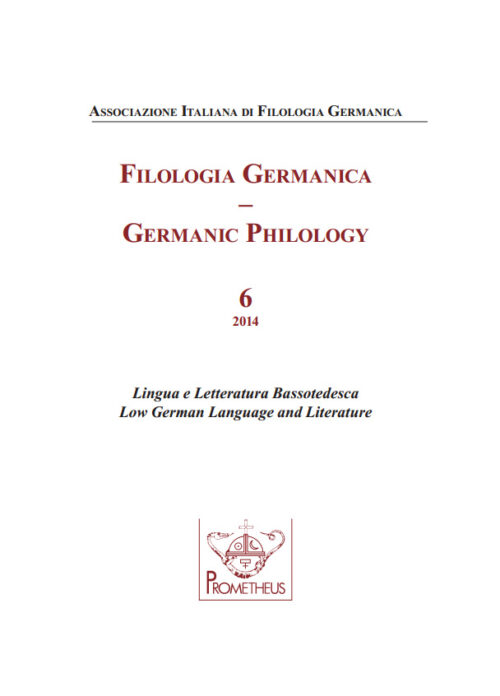I Segni del giudizio finale nella tradizione letteraria basso-tedesca
Abstract
During the Middle Ages the interest in eschatological themes pervades every expression of culture and spirituality in Germany. Theological speculation concentrated on issues linked to various events, such as the coming of the Antichrist, the Second Coming of Christ, the resurrection of the dead and the Last Judgment. This particular cultural framework represents the background of the circulation and success of the legend of the fifteen signs before Doomsday, concerning wonders and fatal events occurring in the two weeks before the end of the world. This legend enjoyed large circulation throughout the Middle Ages, and found expression in various genres and textual forms. The present paper will focus on a version of the fifteen Doomsday signs in Middle Low German surviving in two manuscripts of the Stadtbibliothek of Trier. In both manuscripts the work on the fifteen signs is preserved along with other eschatological works, including a poem on the Antichrist and a poem on the Heavenly Jerusalem. This paper presents the first edition of this short composition, and considers the relationship between its eschatological motifs and other works of the same tradition (i.e. the Middle High German versions belonging to the Pseudo-Bede and Peter Damian tradition), in order to ascertain its peculiar contribution to the growth of devotional literature in Germany.
Pubblicato
Fascicolo
Sezione
Licenza

Questo lavoro è fornito con la licenza Creative Commons Attribuzione - Condividi allo stesso modo 4.0.
CC-BY-SA



